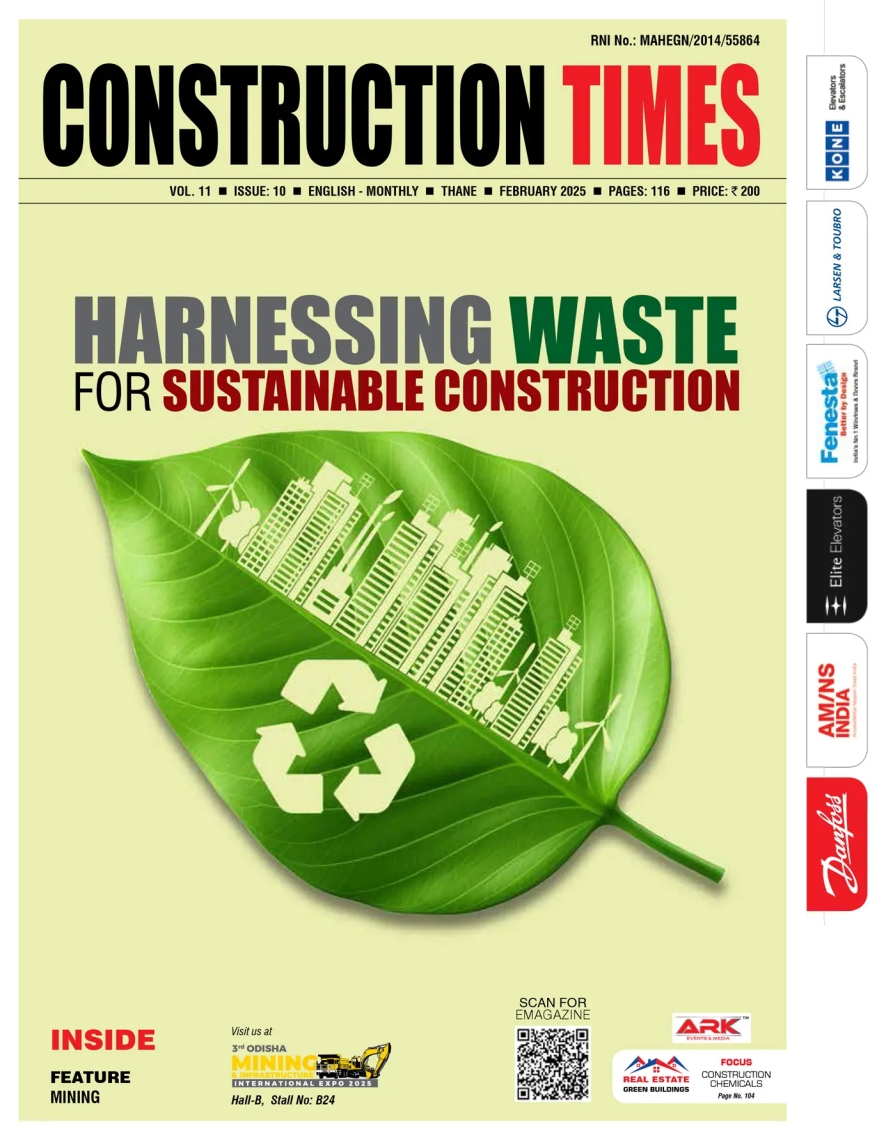Warehouse automation is key as customers expect efficient operational processes and smart platform integration.
Shaishav Dharia - CEO - Townships & Rental Assets, Lodha How has the Covid pandemic changed the dynamics of the warehousing and logistics sectors? The Covid pandemic and the resulting lockdowns have prompted companies to re-evaluate their supply chains in a bid to make them more efficient and have further


Shaishav Dharia
- CEO - Townships & Rental Assets, Lodha
How has the Covid pandemic changed the dynamics of the warehousing and logistics sectors?
The Covid pandemic and the resulting lockdowns have prompted companies to re-evaluate their supply chains in a bid to make them more efficient and have further underscored the importance of ensuring business continuity. The impact on manufacturing firms and logistics companies have prompted them to opt for compliant facilities closer to the major consumption centres. Further, the importance of being in proximity to a well-developed social ecosystem for their employees to live and travel from has gained significant importance.
On the logistics side, both E-commerce and 3rd party logistics companies have scrambled to sign large transactions across the country. Cold storage, both for processed foods and consumer perishables, as well as for Pharma-related temperature controlled warehousing, has seen an active spurt in demand. With E-grocery firms witnessing a boom in demand, in-city warehousing has also become a key demand for developers.
For manufacturing firms, a strong preference is now being seen in choosing locations in close proximity to a well-developed social ecosystem for their employees versus being in far-flung industrial areas. Pharmaceuticals and medical devices demand is at the helm of manufacturing demand at the moment. Further, we have also received a surge in queries from manufacturing firms in the Packaging, FMCG and Equipment manufacturing sectors. Lifesciences R&D is yet another segment that has seen renewed interest.
Warehousing sector is still largely unorganized with Grade A spaces being largely concentrated in metros. What is your take on the need to expand the scope of Grade-A warehouses to tier 2 and 3 cities, especially in the backdrop of rising need for in-city warehouses to ensure last mile delivery?
Majority of the e-commerce demand (more than 50% of e-commerce sales) is now being generated from Tier 2 and Tier 3 cities. With strong internet and smartphone penetration in these cities, e-commerce and 3PL firms are expanding their facilities in smaller cities like Ludhiana, Lucknow, Kochi, Coimbatore, Nagpur etc. And accordingly, the demand for Grade A warehousing in these locations is also increasing.
The introduction of GST and the growing customer preference for same-day delivery has laid down the need for distributed warehousing network that is closer to bigger and smaller cities alike. Companies have understood the importance of having enablers for last mile solutions and are investing in Grade-A warehousing facilities in smaller cities as well. In bigger cities and metros, where land availability is often a challenge, in-city warehousing with efficient vertical space utilization, provides for a viable solution.
How important has adoption of technology been in the warehousing space especially in the backdrop of Covid pandemic? What kind of services or facilities customers are demanding from the developers?
Technology has always been a critical driver in the warehousing space. In the post-Covid world, with strong need for hygiene and safety, the demand for last-mile logistic solutions and preference for same day delivery has been well noticed. Warehouse automation is key as more and more customers expect efficient operational processes and smart platform integration from payment gateway to real-time tracking. As a result, there is a sharp rise in the demand for Grade-A logistics and warehousing parks that provide for world-class infrastructure, are well-connected to cities through network of highways and provide operational efficiencies.
Additionally there is a rising demand for industrial and warehousing parks that have sustainability as their core design principle. Park's focus on sustainability helps align with the overall ESG goals of the clients and provides for a win-win situation to the developer and the clients.
What are your growth plans in terms of investments and increasing your portfolio?
Palava Industrial and Logistics Park by Lodha Group is a Grade-A industrial and logistics park, located in Navi Mumbai. Part of the Palava ecosystem, the park is planned over 800 acres and provides for a gamut of offerings from built-to-suit boxes customized as per client's needs, large land parcels for lease, to efficiently designed industrial plots for sale, all in the same park.
What makes this park the preferred choice for companies looking for warehousing space in Mumbai, is the advantage of scalability that it offers owing to the large land reserves available. The park enjoys excellent connectivity to highways, JNPT port, upcoming Navi Mumbai International Airport that acts as an enabler for client's focus on timely deliveries to their customers.
Lodha had entered into a JV with e-Shang Redwood (ESR) for developing 89 acres of land parcel within Palava Industrial and Logistics Park. Recently Lodha and FM Logistic's realty arm Batilogistic signed a deal for Rs 106 crore to develop 30 acres of land parcel at Palava Industrial and Logistics Park.
Hits: 140
















